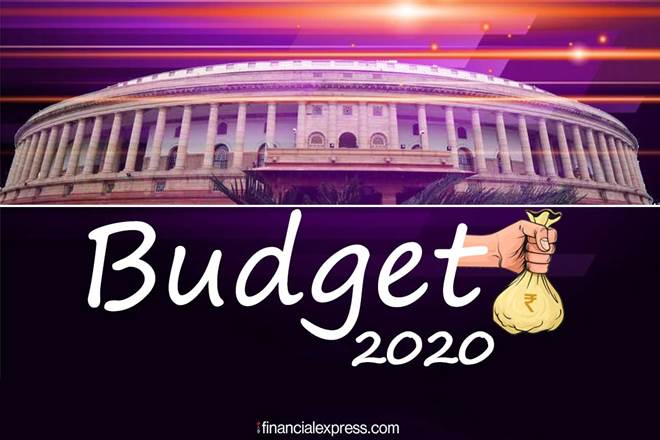By Sanjiv Singh
Union Budget 2020: This Budget is centred on three thematic ideas of (1) Aspirational India—good standard of living with access to health, education and better jobs for all sections of society; (2) economic development for all, i.e. ‘Sabka Saath, Sabka Vikas, Sabka Vishwas’; and (3) caring society, both humane and compassionate, with Antyodaya as an article of faith.
The massive state funding in agriculture, irrigation and rural development for doubling farmers’ income by 2022 would be a precursor for broader economic growth.
Also, Rs 1.7 lakh crore has been provided for transport infrastructure in 2020-21, and with 100 more airports to be developed by 2025 to support the UDAN scheme, the infrastructure is set to get a big boost. This, together with the medium-term national infrastructure pipeline projects of more than Rs 100 lakh crore that will be monitored end-to-end, will be a major spending push to propel economic growth.
Increase of investment by FPIs in corporate bonds as well as tax concessions to sovereign wealth funds on investment in infrastructure projects will attract more funds. The expansion of exchange-traded fund by floating a debt ETF consisting primarily of G-Secs would add to liquidity. Abolition of DDT will lead to surplus in the hands of companies for reinvestment, and rejig of personal income tax slab will leave more money for spending in the hands of the individual.
The disinvestment target for FY21 has been set at a record high of Rs 2,100 billion, which includes sale of government stake in PSU banks and financial institutions (LIC), in addition to strategic disinvestment of BPCL, Concor, SCI, etc, for which in-principal decisions were taken earlier.
India’s international trading centre at GIFT City is to have an international bullion exchange, enabling better price discovery of gold.
Watch Video: What is Union Budget of India?
From the oil & gas sector perspective, the introduction of Krishi Udaan to transport agriculture products both in national and international sectors and Kisan Rail for transporting perishable commodities augur well for the demand of petroleum products. This is in addition to the possible avenues of demand growth due to development of airports under UDAN as well as introduction of trains under PPP. Expansion of the National Gas Grid from 16,200 km to 27,000 km, along with reforms to deepen gas markets, enable ease of transactions and transparent price discovery, is a welcome move for the sector.
The economic development theme is deeply ingrained in the principle of a caring society through development of women and children, social welfare, culture and tourism, social security through pension and insurance penetration, increased deposit insurance coverage and higher agriculture credit allocation as well as environment protection.
The author is Chairman, Indian Oil


